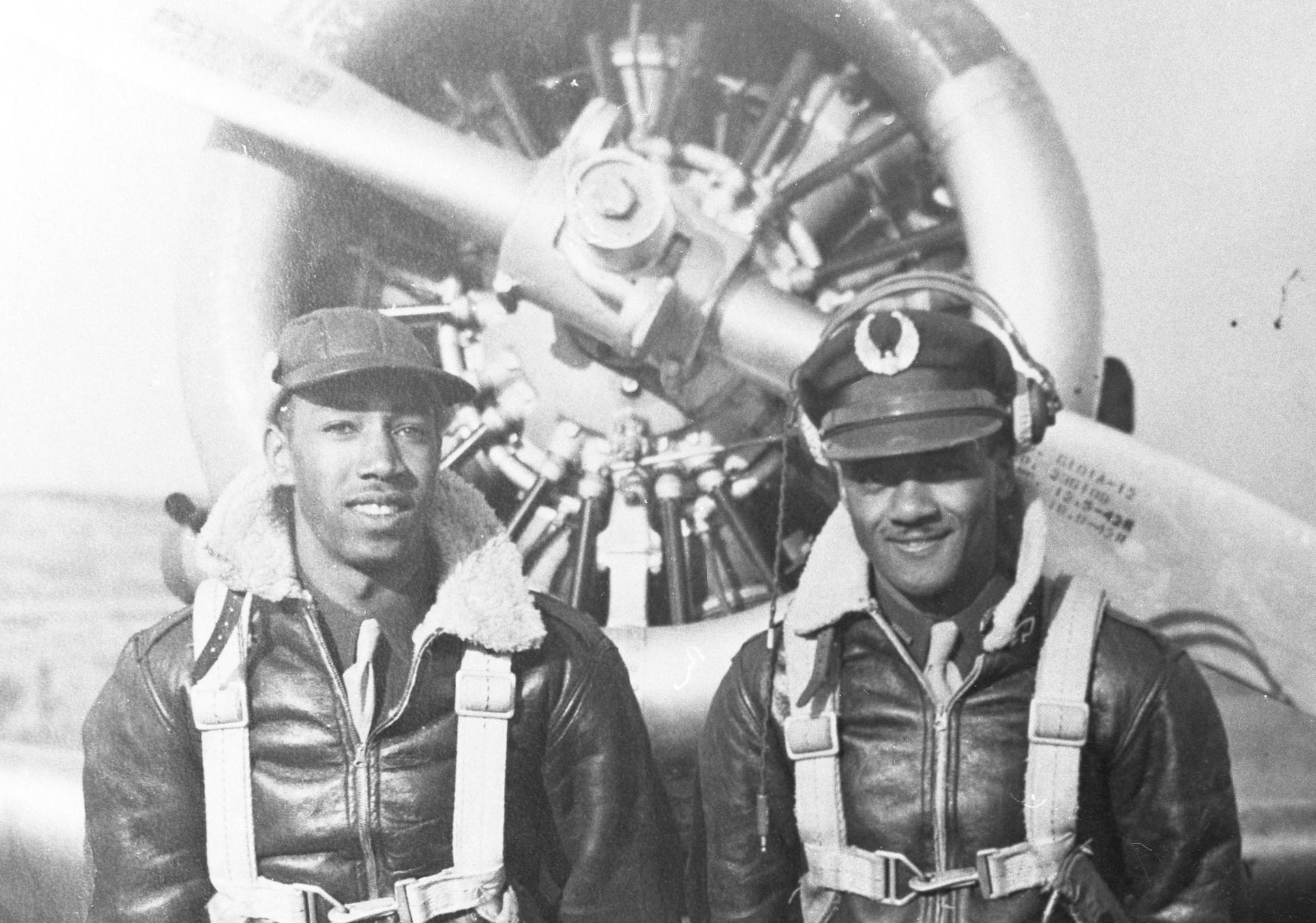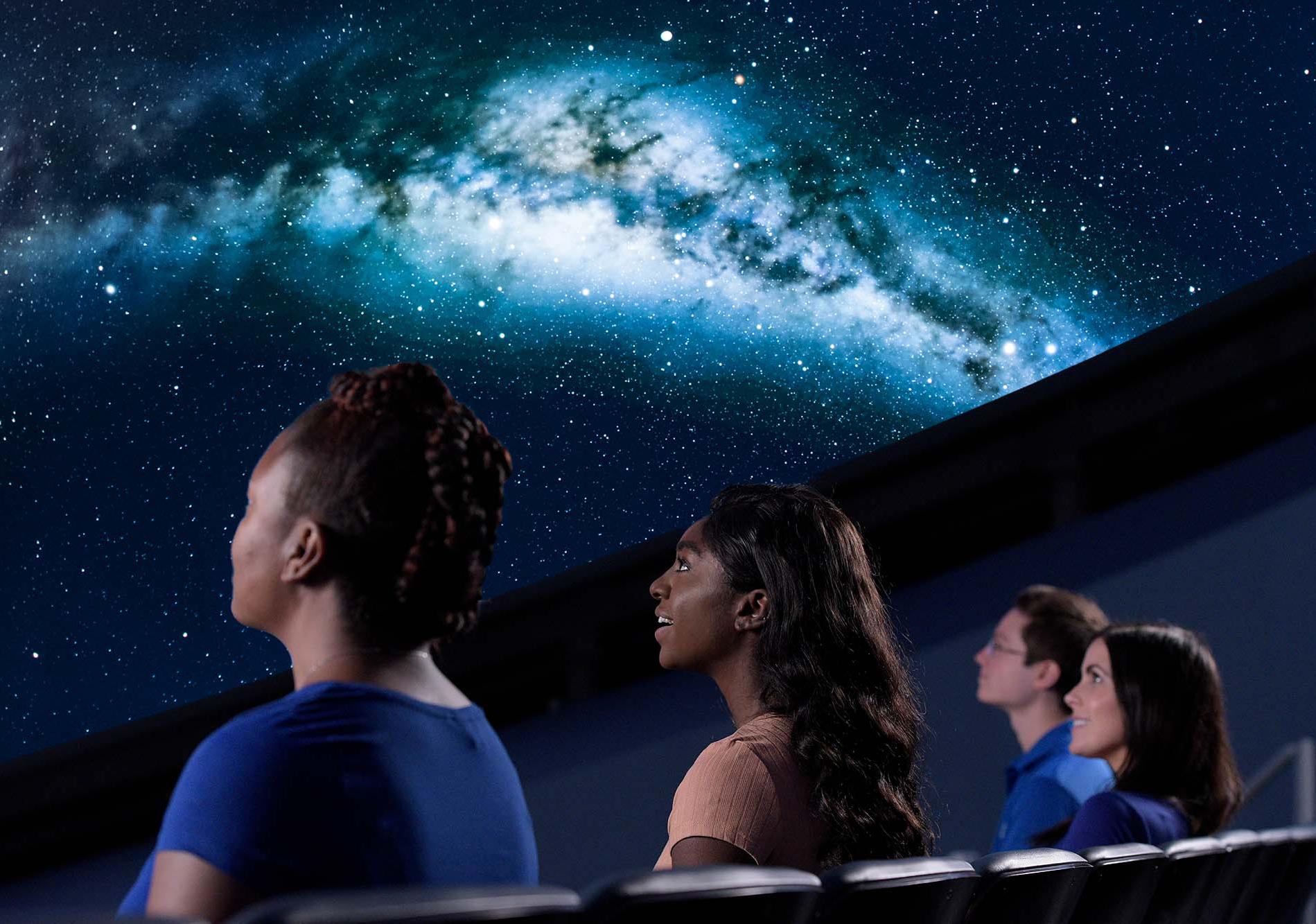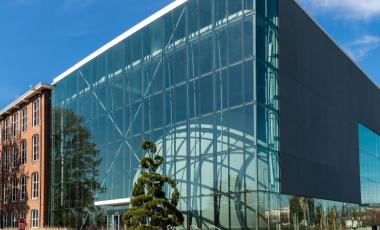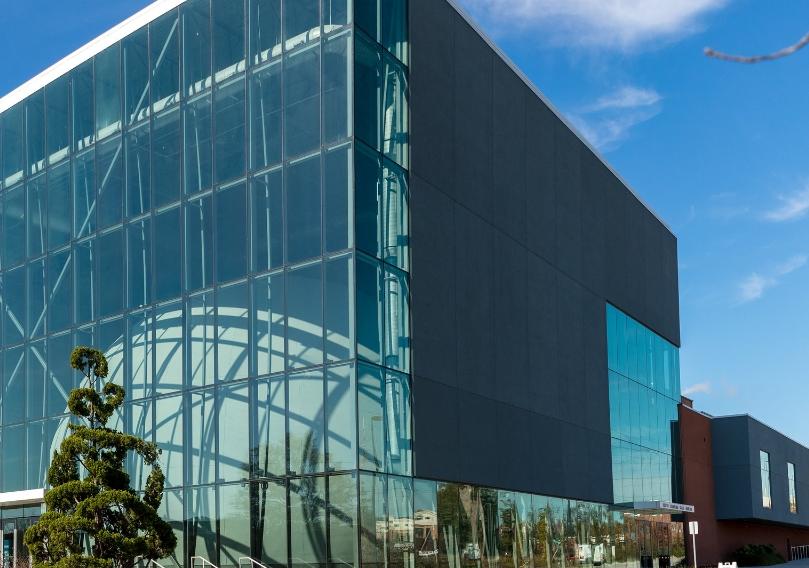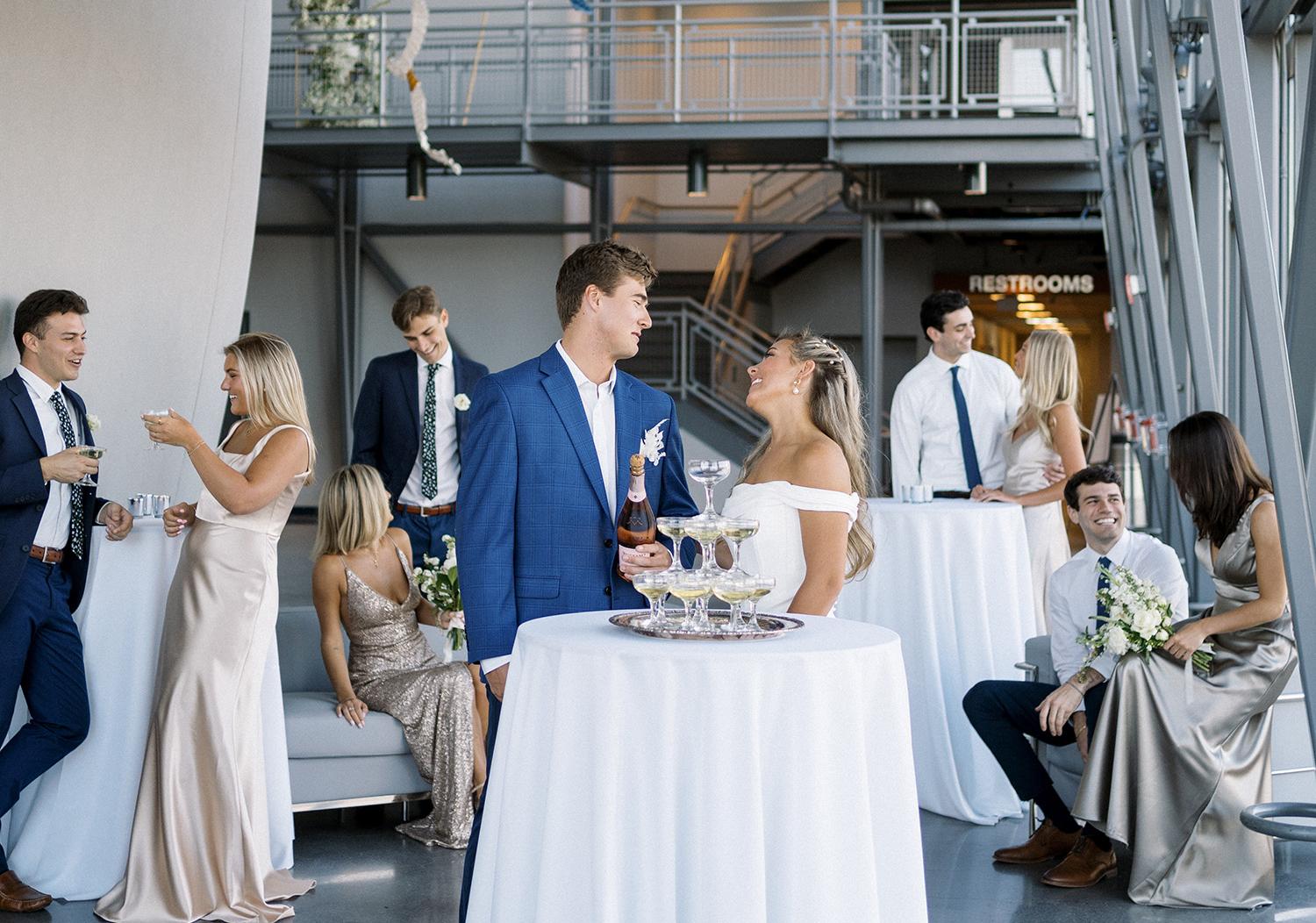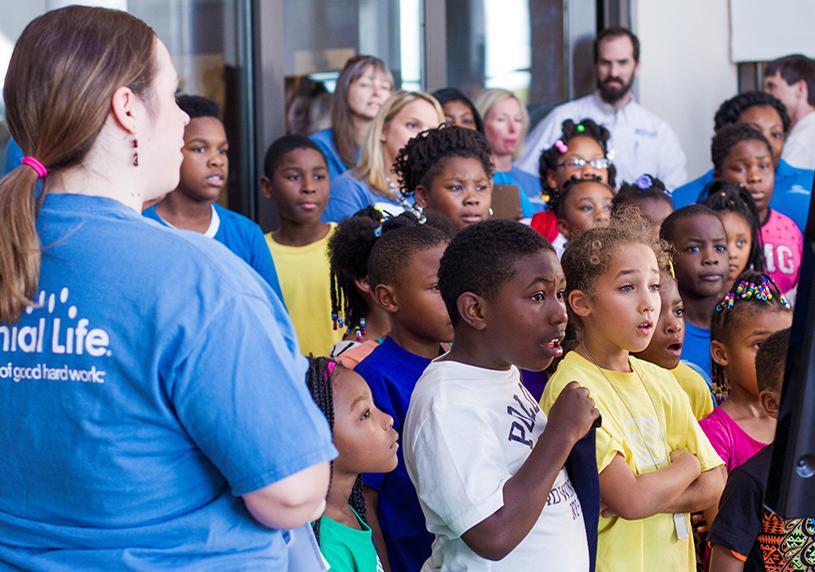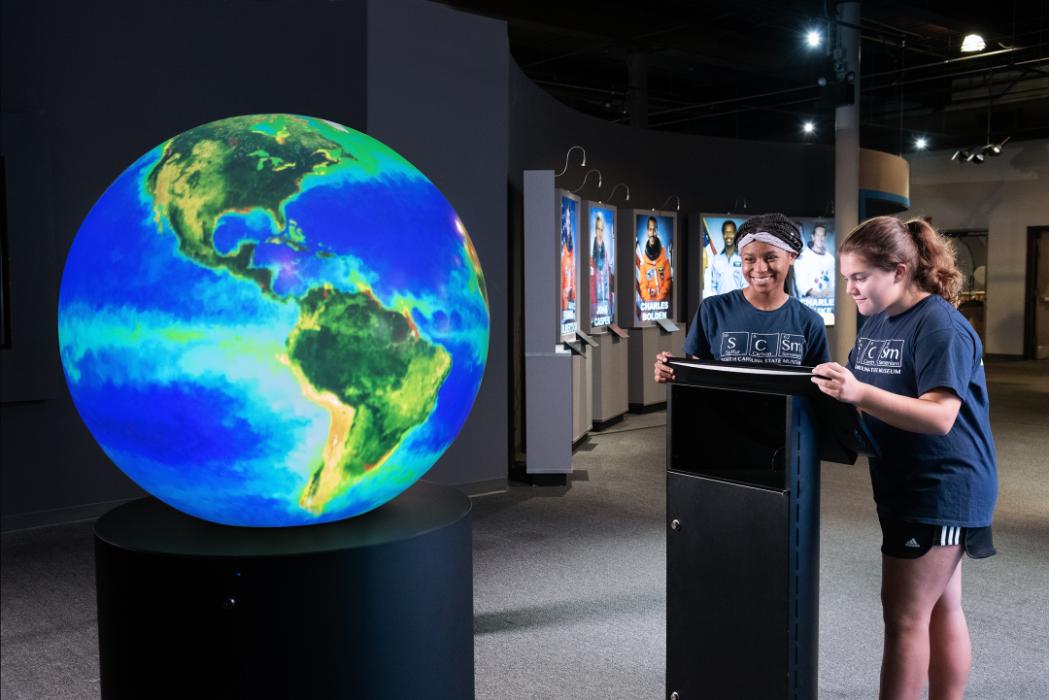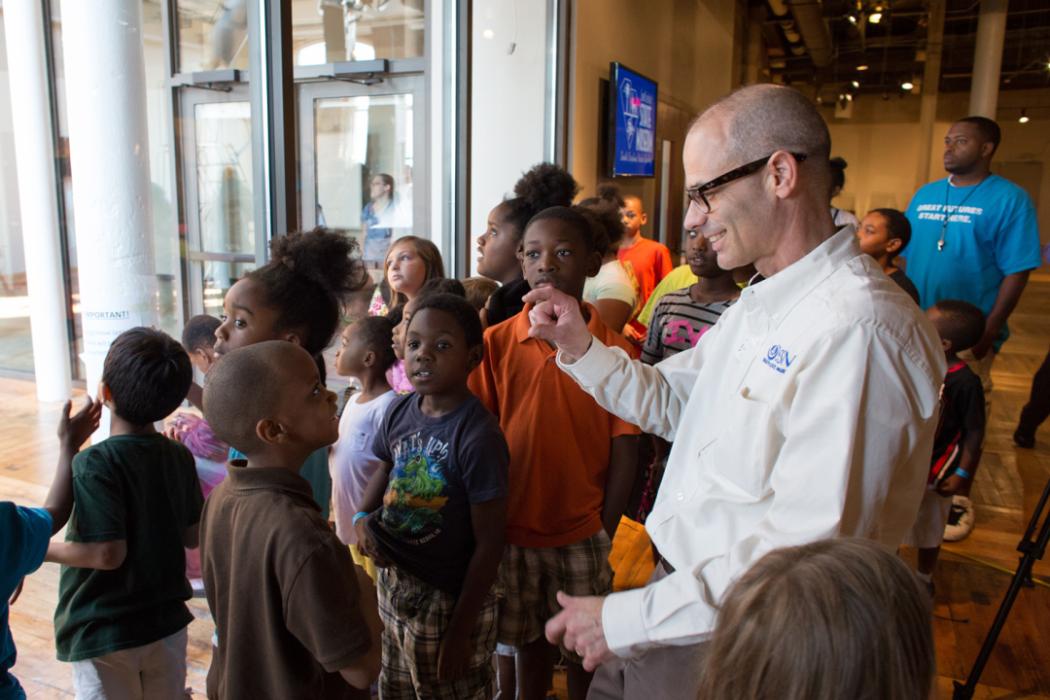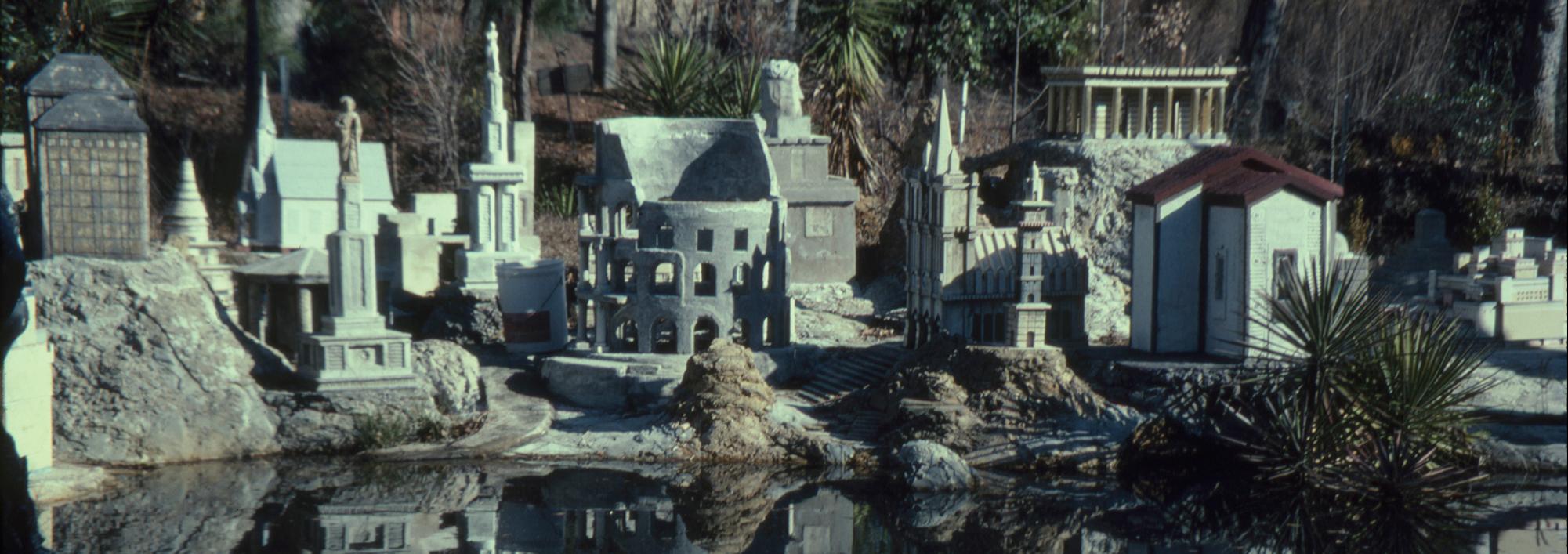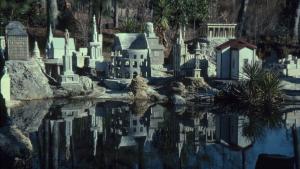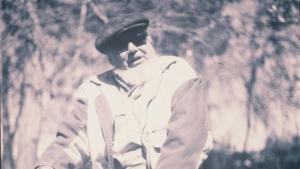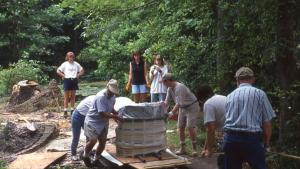
By Paul Matheny, Director of Collections and Curatorial Affairs
Leslie Cosgrove Carson was well known in his community of Orangeburg County, S.C. as a contractor, having spent 47 years working after leaving school during the Depression to help his family. Passionate and self-taught in history, mythology and art history, he travelled to Europe and Central America to see first-hand some of the sites he had only read about.
In the early 1970s, drawing inspiration from his travels, Carson started making miniature buildings, including his versions of the Parthenon, the Sphinx, Rameses' Temple and the Colosseum, in his own backyard using common construction materials. Titled Concrete City, these 33 waist-high structures were more than just miniature replicas of famous buildings, they also reflected his imaginative use of materials and construction methods he was familiar with as a builder and contractor.
Eventually, Carson was no longer able to care for The City and by the 1990’s his folk art environment began to show signs of age and weathering. During a meeting with his family, museum staff and local universities, Carson explained that The City “would not make his house worth one more red cent, and if you can move it, you can have it.” He and his family donated the environment to the South Carolina State Museum so that it can be cared for and preserved for future generations.
Our Lady of Lourdes Cathedral served as the first test case to investigate what it would take to relocate these heavy, yet delicate sculptures. In 1996, it was relocated the museum, conserved and exhibited in the 1997 exhibition, Still Worth Keeping: Communities, Preservation and Self-Taught Art. Following the successful move of this sculpture, the remaining structures were be moved to the museum in May 1998. L.C. Carson died later that year at the age of 85.
Since then, the State Museum has stayed in close contact with the Carson family, who also donated other pieces the artist created, including intricate relief carvings. Nearly all of Carson’s Concrete City sculptures have been stabilized and conserved with several being completely reconstructed thanks to the efforts and guidance of Wisconsin conservator, Tony Rajer. Thanks also to a recent grant from the South Carolina Arts Commission, the collection is currently being rehoused with special shelving and material to help provide better storage for this important collection so it may continue to inspire for decades to come.
